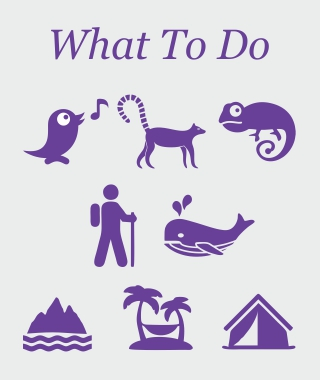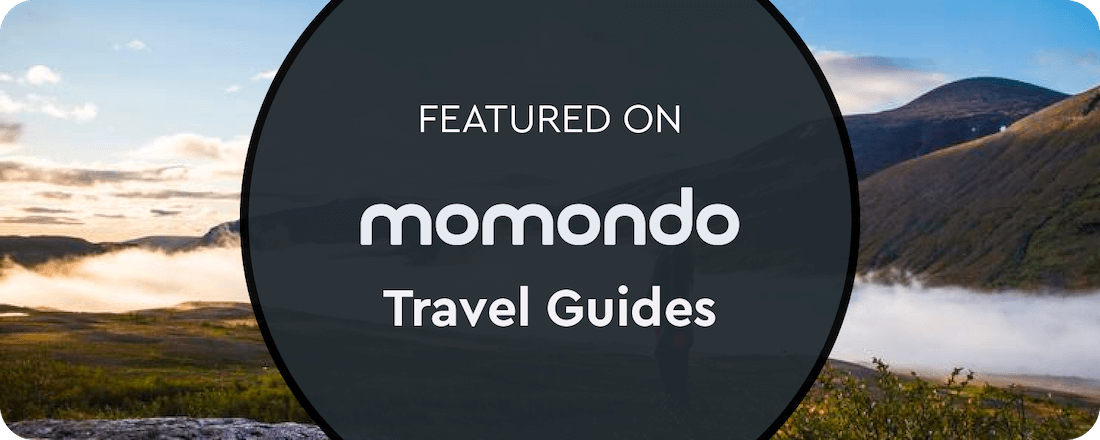Welcome to Paradise, Zahamena National Park of first class World Heritage UNESCO!
It is worthy of at least two days of your stay here!
Park is located on the Eastern coast within the tropical rainforest, 70km northwest of Tamatave and about 25 km east from Lake Alaotra. The terrain is hilly and full of lush plant life and diverse wildlife. The Zahamena National Park is home to many endangered species that are specific to its environment, it has a moist and warm climate which is favorable to the plants and animals. Park is part of Africa's rainforests which is one of the three biggest tropical rainforests in the world. The other two places with the biggest rainforests are the Americas and Asia. In Madagascar, many of the animals live in trees and as you go through this site you will see the different kinds of animals and plants.
The park is divided into two areas (the western and the eastern one), which are partially separated by a corridor that includes several villages. It is still a very little-known area, and naturalists are currently carrying out surveys to improve the scientific knowledge of the biodiversity found here.
Zahamena shelters an incredibly high biodiversity, in fact one of the highest of the Madagascar. There are 45 mammal species, 13 of them are lemurs. Species known to occur here include Simmon’s mouse lemur (Microcebus simmonsi), hairy-eared dwarf lemur (Allocebus trichotis), Crossley’s dwarf lemur (Cheirogaleus crossleyi), Masoala fork-marked lemur (Phaner furcifer), weasel sportive lemur (Lepilemur mustelinus), northern bamboo lemur (Hapalemur occidentalis), brown lemur (Eulemur fulvus), red-bellied lemur (Eulemur rubriventer), variegated black-and-white ruffed lemur (Varecia variegata variegata), eastern woolly lemur (Avahi laniger), diademed sifaka (Propithecus diadema), indri (Indri indri), and aye-aye (Daubentonia madagascariensis).
There are many kinds of animals in the Zahamena National Park.
The Fossa: is a very strong predator. They are related to the mongoose and different species of cats. They can be identified by their long tails and big eyes. The fossa hunts during the day and night, and it likes to hunt lemurs, the prey, more specific the giant lemurs. The fossa is very limber and can easily jump from tree to tree, which is important because the giant lemurs live amongst the trees. They have retractable claws that help to latch onto trees and their prey. Giant lemurs are becoming extinct, but so is the fossa due to the lack of giant lemurs to consume.
The Mongoose: The mongoose in Zahamena is another example of a predator. They can be described as looking like a weasel, because they are long and thin. Typically they live in a large group, and they feed on snakes. They do so by sticking the snakes head in their mouth and chomping down.
A total of 112 bird species have been observed within the park, 67 of them are endemic to Madagascar. Zahamena offers the largest protected area for endemic bird species in Madagascar. Some emblematic species are the Madagascar serpent eagle, red owl, red-tailed newtonia, crested ibis, brown mesite, blue coua, velvet asity or helmet vanga.
Apart from that, there are 29 species of fishes, 62 of amphibians and 46 reptiles, like the Madagascar big eyed gecko.
The landscape is very hilly, with several steep-sided valleys drained by rivers, some of them flowing into Lake Alaotra. The flora is as rich as the fauna: at least 60 species of orchid, 20 palms and more than 500 woody plants grow within the National Park and the Integral Reserve. Most of the world's medicines are found in the rainforest. Some even say that the cure for cancer could be there. At lower altitudes the thick humid evergreen forest has a 15-20 m high canopy. The medium levels are dominated by bushes and secondary forests covered with tree-ferns and screw-pines called Pandanus. On the highest areas we find humid forest passing onto a dense montane forest.
Access to the park is difficult. But the forest in this region is spectacular! Ambatondrazaka offers some basic hotels, but you have to camp to stay in the park itself.
Enjoy these… trekking:
Access from the east of the park is exclusively by foot, trek up Madagascar’s steep eastern escarpment. You can also walk (or ride in zebu-cart) south from Vavatenina to Miarinarivo, proceeding from there on a vigorous, two-day walk to the strictly protected lowland rain forests of the southeastern corner.
Other circuit goes through the forest to spot lemurs and birds and passes by a natural pool, ending with an incredible view over the Alaotra Lake. The trek takes one whole day, so a camping place is available next to the pool to stay overnight.
Another trek through the forest which ends at a 80m high waterfall. This trail is much shorter, but visitors normally camp by the waterfall to enjoy the terrific scenery and spot some more wildlife.
You can combine circuits and spend more days and nights exploring the treasures of Zahamena. This is the least visited National Park where you will see the real wildlife of Madagascar. Through this site you will able to capture the true beauty of this wonderful biome and ecosystem. You will learn about the different kinds of animals and factors in the Zahamena National Park, along with the plants. Zahamena is a beautiful national park and it is full of adventure. It is home to many unique species of animals, especially lemurs, that cannot be found anywhere else in the world. Zahamena in Madagascar is such a beautiful place, and it is definitely worth a visit if you are looking for an amazing time full of fun!
For the completeness adventure and discovery, we recommend that you continue the way through the smugglers route, certainly remarkable trek that reaches the East coast after four or five days and completing it on an unforgettable island Ile Ste Marie.
Watch more photos about Zahamena National Park here.







